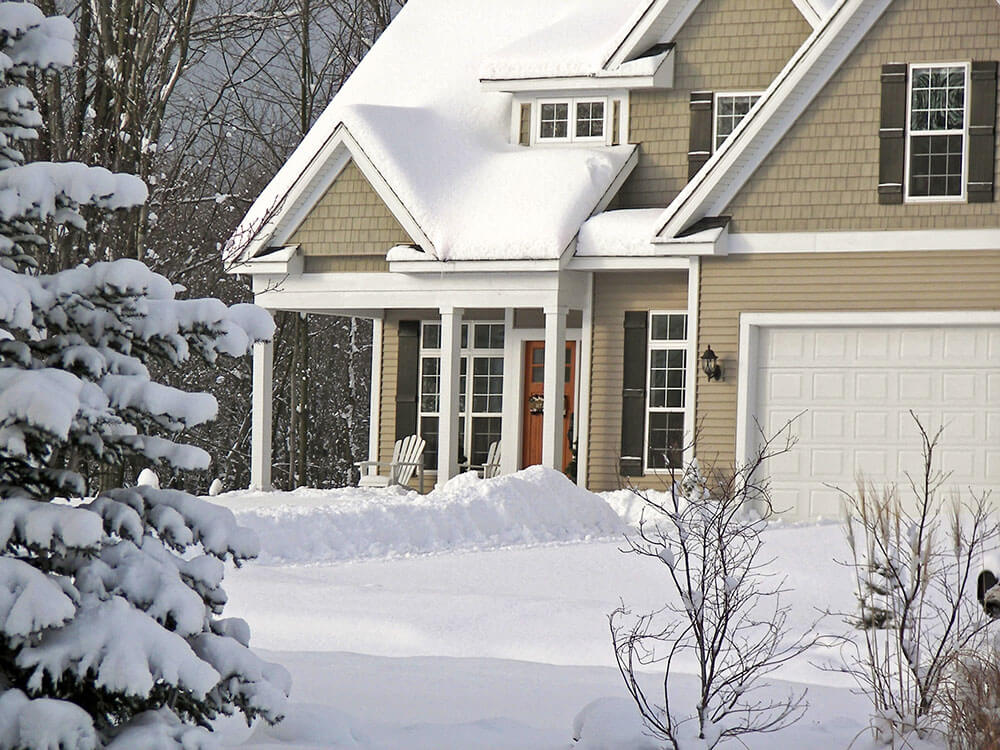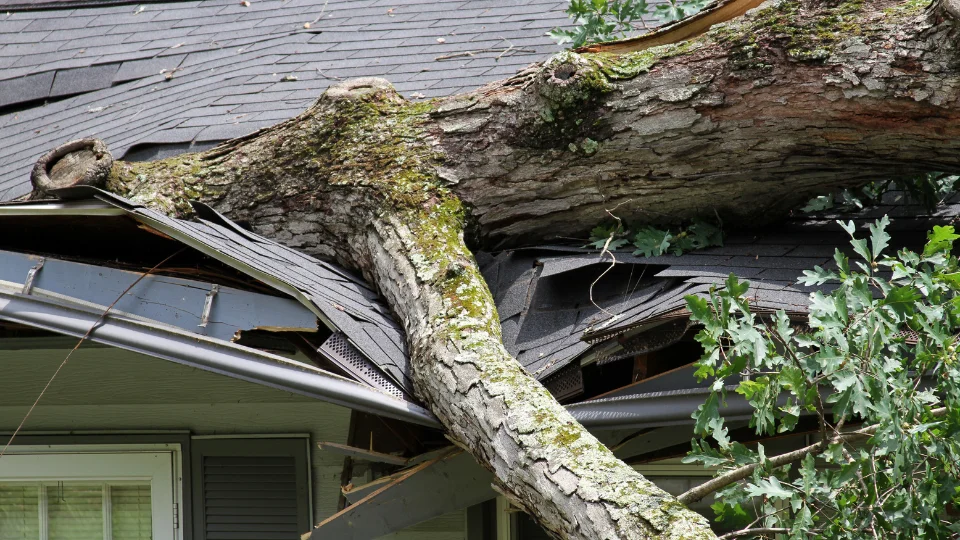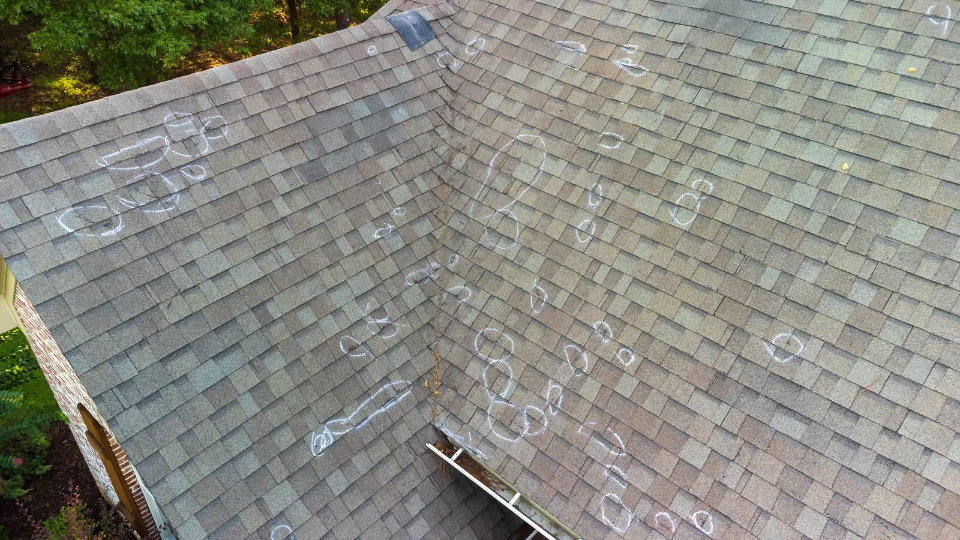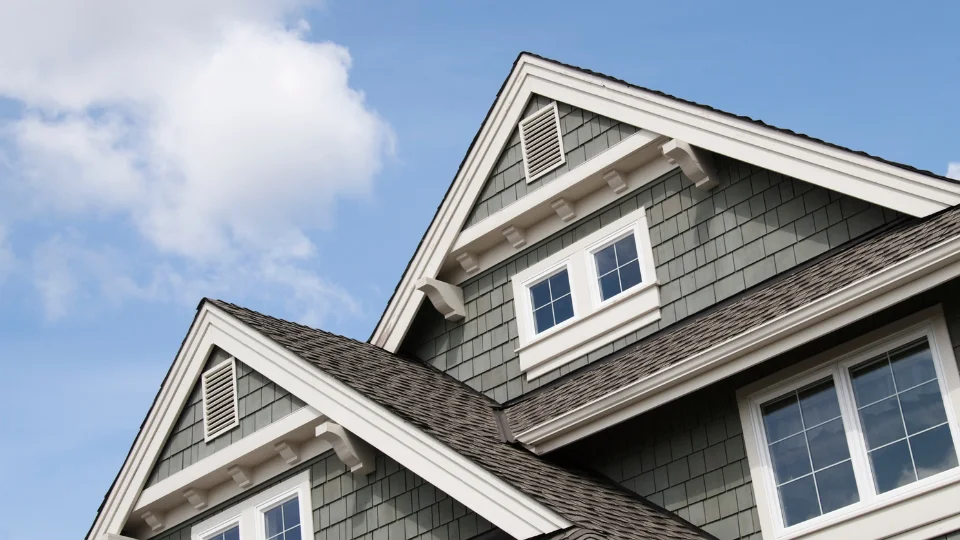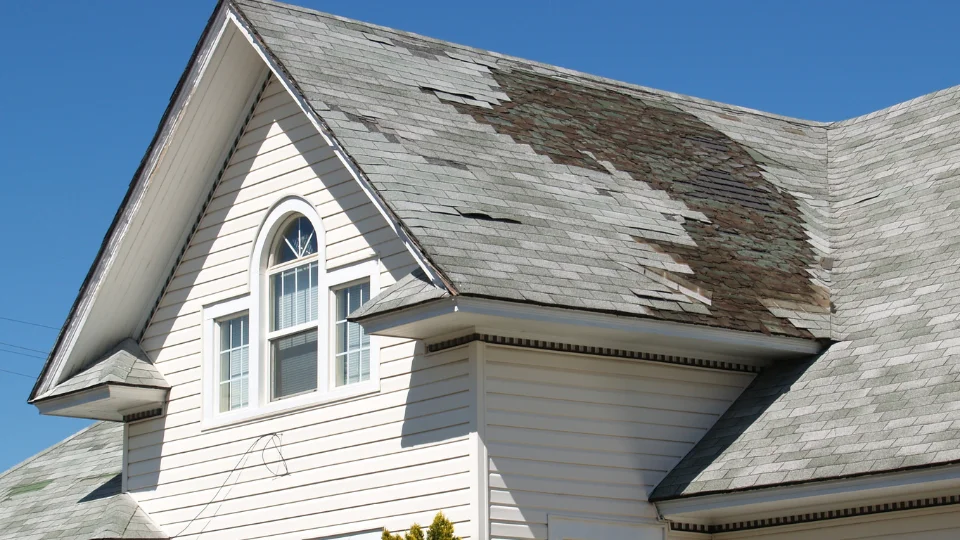How and Why Winter Elements Cause Roof Damage
A well-maintained roof, constructed with high-quality materials, should last between 20-30 years. There are several ways roof damage can occur, with the weather being one of the biggest culprits. A roof with damage can make it harder for you to sell your home.
While it may seem like a smart idea to wait until spring to assess and address the damage that the winter elements have and are causing, that could be a big, and expensive, mistake.
We want to help you learn how to keep your roof in good condition for as long as possible. Keep reading to learn five ways that winter weather can wreak havoc on your roof and what you can do about it.
1. The Wind Can Cause Roof Damage
It’s not just hurricane season that can damage roof elements. The winter season also has its own fair share of strong wind storms. In fact, in Annapolis, MD, the windiest month is March where winds are commonly around 8 mph.
During those strong wind storms, it’s not uncommon for shingles to be loosened, broken off, or torn off.
Flashing, Ridges, and Rakes
But it’s not just the shingles that get the brunt of it. The winter season can also rip off or loosen flashing.
The ridges and rakes of a roof can also take a beating because they are more exposed to the wind stream.
How to Prevent the Wind from Damaging Your Roof
One way to help prevent roof damage is to invest in quality shingles that carry with it a warranty on wind damage up to 110 mph. But you can take it one step further by preparing in advance for those winter winds.
Prior to winter arriving, have your contractor come by to inspect and fix any existing or potential issues. You may also want to trim back any trees overhanging your home and removing any dead branches that can potentially break off and damage your roof.
2. Snow Damage to the Roof
Not every roof is designed to handle the same weight load. Some can handle more than others.
If too much ice and snow accumulate on your home, you run the risk of your roof collapsing. This is especially true if the snow is wet, making it heavier.
But even light snow can sometimes be enough to exert pressure to cause damage. Also, if your roof was poorly constructed or there’s poor roof drainage, it can make the situation far worse.
Look for Leaks, Creaks, and Sags
If you are noticing leaks, creaks, or worse, a sagging ceiling, it’s a serious situation. You’ll have to call in the professionals before the winter season lands inside your home.
How to Prevent Snow Damage
Keep a close eye on how much snow is accumulating on your roof. Remove any snow from the edges using a long-handled roof rake.
3. Attic Condensation in Winter
Left unattended, various winter weather conditions can begin to cause a build-up on your roof, especially ice dams. Ice dams can cause excessive condensation on your attic ceiling. But even minor amounts of moisture build-up can lead to both wood rot and mold, which can cause health problems.
The attic floor is where moist air from below often enters. But you should also be aware that devices in your home can also cause moisture build-up if they’re malfunctioning, such as your plumbing, appliances, and dehumidifiers.
How to Prevent Attic Condensation in Winter
You can prevent moisture build-up by maintaining all your home devices on a regular basis. If you do spot or suspect condensation in your attic, you need to address it with proper ventilation. All leaks should be plugged in the insulation on the attic floor.
4. Ice Buildup on Roofs
As you heat your living space in the winter, the warm air will rise and warm both the shingles and any snow covering your roof. That warm air will then cause the snow to melt and drip into the colder edges of the roof where it will then refreeze as ice.
As that ice grows thicker, it will force a backup of other snowmelt behind it. That causes the water to seep under the shingles and into your home if there are any leakage points.
Your chances of a leak increase as the water freezes and thaws. That’s because it works its way into nooks and crannies and expands them by freezing and thawing.
How to Prevent Ice Buildup from Damaging Your Roof
You can prevent an ice dam by insulating and ventilating your attic. You can also significantly lower your risk by keeping debris and leaves out of your gutters and downspouts in the late fall.
Use your roof rake to remove snow from the roof’s edges. Installing heat trace cables in your gutters will also prevent the snow from freezing—thus eliminating backups.
5. Icicles, Gutters, and Flat Roofs
Icicles look beautiful, but they can cause a significant amount of damage to your shingles and gutters. They’re also dangerous if they break and fall.
Ice can also build up in your downspouts and gutters. It’s extremely difficult to remove ice in your downspouts and gutters without causing damage to your roof and/or the gutters.
If you have a flat roof, you’ll have to pay attention to your drains, because if they freeze, they can trap water on top of your roof. That trapped water can accumulate enough to cause water leaks.
How to Prevent These Issues
Keep your gutters clean to reduce clogs. You may even need to remove your gutter system to prevent ice damage.
If you have a flat roof with accumulated trapped water, you may need to remove the downspout and physically open the drain in order to create discharge.
Keep Gutters Clean
Invest in quality insulation and eliminate any roof-top air leaks to reduce icicles on your roof as well as ice dams. You can also use your long-handled roof rake to dislodge them.
Stay Safe and Save Money
While you can climb up to assess and handle your own roof damage, it’s dangerous work and is best left to the professionals. We can help.
We’re happy to stop by before the winter elements show up to take a look at your roof. Call 443-214-2533 or email us today!

